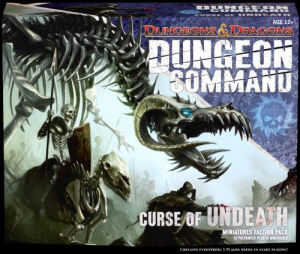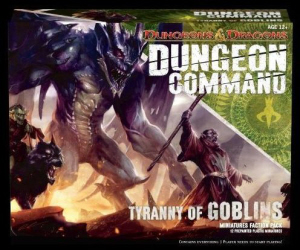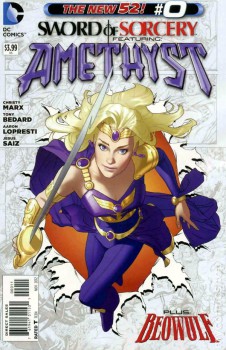New Treasures: David C. Smith’s The Fall of the First World
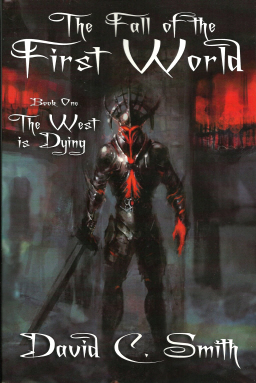 Thursday I had the pleasure of attending a reading by the distinguished David C. Smith here in Chicago.
Thursday I had the pleasure of attending a reading by the distinguished David C. Smith here in Chicago.
Dave’s accomplishments in the field of modern sword & sorcery are legendary. With Richard L. Tierney, he published the Bran Mak Morn novel, For the Witch of the Mists (1978), and six volumes in the Red Sonja series from 1981 to 1983. He wrote one other novel based on the works of Robert E. Howard: The Witch of the Indies (1977), featuring the pirate Black Terence Vulmea.
On his own, Dave produced the highly-regarded story cycle set on the imaginary island-continent Attluma, beginning with Oron (1978) and The Sorcerer’s Shadow (1978). All told, the Tales of Attluma include five novels and eighteen short stories and novelettes written between 1971–1984. In total, Dave has written twenty-one novels in a career spanning over three decades and still going strong — including the occult thriller Call of Shadows, released by Airship 27 in March of this year.
Dave entertained the audience with tales of the heady days of his early career, when young writers named Karl Edward Wagner, David Drake, Richard L. Tierney, and Charles R. Saunders were breathing new life into sword & sorcery — and when he shared an agent with Wagner, Frank Herbert, and an up-and-coming young horror writer named Stephen King.
But the highlight of the reading was the excerpt from The West is Dying, the first volume in The Fall of the First World, a fantasy trilogy originally published in paperback by Pinnacle Books in 1983. Unavailable for nearly thirty years, these exciting volumes are finally being returned to print by Borgo Press. A fantasy version of War and Peace, the saga follows the conflict between two great empires, bringing together legendary historical characters and Western myths including the tale of Helen of Troy. As a king offers his beautiful daughter as a prize, another pursues only endless war… and so the First World begins to collapse.
The West is Dying was published by Borgo Press on November 29, 2012. It is 422 pages in trade paperback priced at $19.99. The cover art is by Dusan Kostic. It is available directly from Borgo Press or through Amazon.com, Barnes & Noble, and other fine retailers.
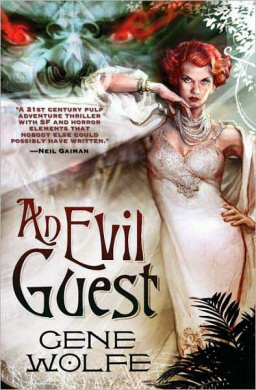
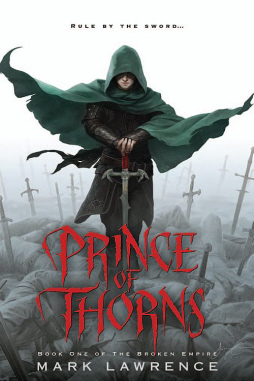
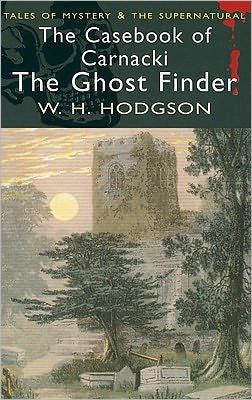
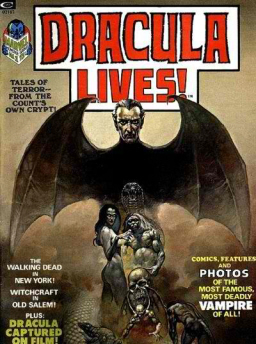
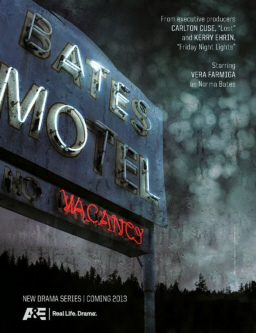
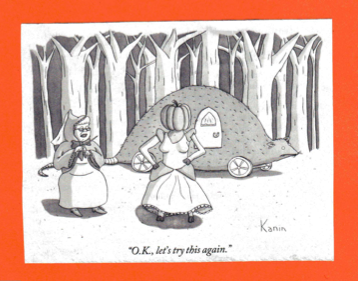 I commanded my first students to revise, as I had been commanded by my own mentors. Had I ever revised–not just proofread and fiddled, but actually revised–anything in my life before I started teaching? No. When I was a student, my first drafts were clean enough and clever enough, I could get away with handing them in for all my classes. Some of my teachers called me on it, but nobody insisted I do anything differently. When I took the helm of a writing class for the first time, at the absurd age of 24, I could tell my students all the steps of a beginner’s revision process. I knew the platitudes, and for me, that’s all they were. I could not have followed those steps to save my life. My first drafts, while in progress, were plenty messy, but once I finished them, the prose style was smooth as glass. I feared what might happen if I broke it.
I commanded my first students to revise, as I had been commanded by my own mentors. Had I ever revised–not just proofread and fiddled, but actually revised–anything in my life before I started teaching? No. When I was a student, my first drafts were clean enough and clever enough, I could get away with handing them in for all my classes. Some of my teachers called me on it, but nobody insisted I do anything differently. When I took the helm of a writing class for the first time, at the absurd age of 24, I could tell my students all the steps of a beginner’s revision process. I knew the platitudes, and for me, that’s all they were. I could not have followed those steps to save my life. My first drafts, while in progress, were plenty messy, but once I finished them, the prose style was smooth as glass. I feared what might happen if I broke it.